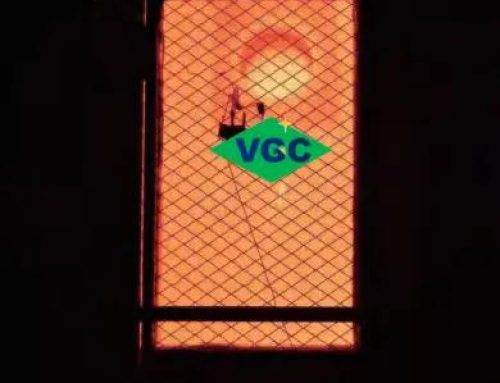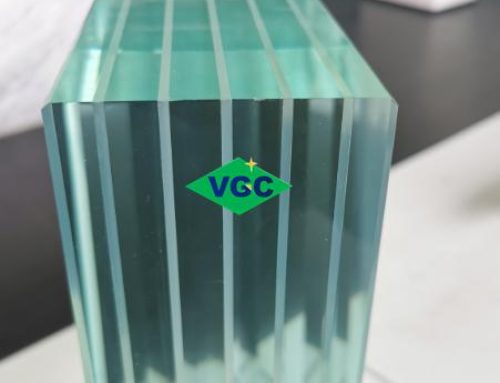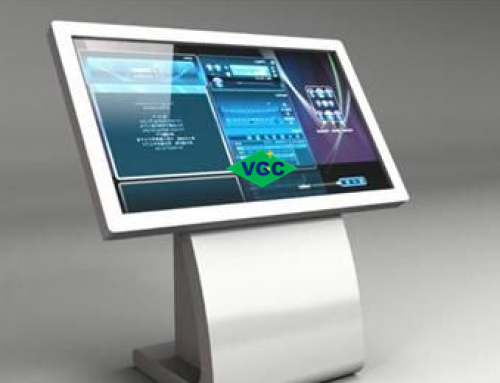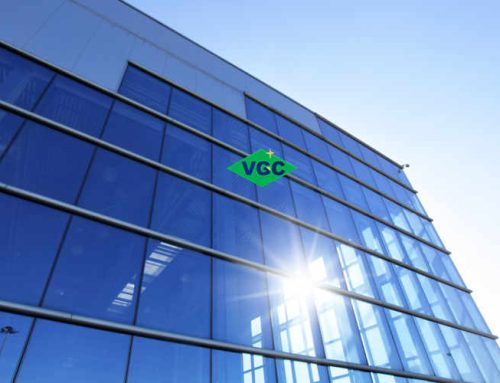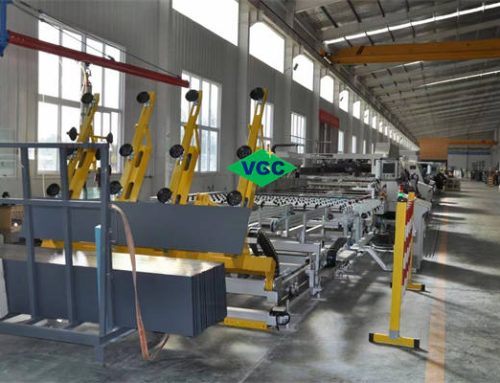Glass, known as liuli in ancient China, has always played a vital role in human progress. As a highly transparent inorganic non-metallic material composed mainly of silicon dioxide, glass has been widely applied in architecture, transportation, home decoration, and high-tech industries. Among the many categories of glass, float glass and photovoltaic (PV) glass stand out for their unique properties and industrial importance.
This article provides a comparative introduction to these two major glass segments, helping investors and industry professionals better understand their characteristics, applications, and future development.
1. Industry Overview
Float Glass is the backbone of the modern glass industry. Produced using the float process—where molten glass spreads on a bath of molten tin—it features excellent flatness, smooth surfaces, optical clarity, and suitability for large-scale production.
It is widely used in:
Construction: doors, windows, and curtain walls (typically 5–12 mm)
Automotive: windshields and windows
Electronics & furniture: panels, mirrors, and decorative applications
PV glass is designed specifically for solar energy applications. As the protective and light-transmitting layer of solar modules, it requires high transmittance, strength, and weather resistance to ensure the efficiency and durability of solar cells.
Two main production methods exist:
Rolled (patterned) glass: over 90% market share, featuring textured surfaces to reduce reflection and increase transmittance—mainly used in crystalline silicon solar panels.
Float PV glass: ultra-flat glass mainly used in thin-film solar modules.
2.Development History
Float Glass:
First invented in the UK in the 1950s, the float process revolutionized flat glass production with continuous, automated, high-quality output. China began developing this industry in the late 1970s, and today it is the world’s largest producer and consumer of float glass, contributing more than half of global supply.
Photovoltaic Glass:
Driven by the global shift toward renewable energy, PV glass emerged in the 1970s and has since undergone rapid advancements in transparency, durability, and anti-reflective coating technologies. China has quickly become the global hub, producing over 80% of the world’s PV glass, thanks to strong policy support and expanding solar installations.
3. Industry Chain
Both float and PV glass share common raw materials—soda ash, silica sand, dolomite, limestone, and fuel—but differ in quality requirements:
Float glass: can use standard silica sand
PV glass: requires low-iron silica sand to maximize light transmittance
Midstream
Float glass: produced as sheets, later processed into architectural, automotive, or decorative products.
PV glass: processed into three major products:
Standard PV glass (cost-effective, general application)
Anti-reflective (AR) PV glass (higher efficiency)
Transparent conductive oxide (TCO) glass (for thin-film and perovskite solar cells)
Downstream
Float glass: architecture (≈80%), automotive (≈15%), electronics, and furniture.
PV glass: solar power generation, with rapid growth fueled by the global energy transition.
4. Production Process Comparison
Float glass: produced through the float method—molten glass floats on molten tin, forming flat sheets before annealing and cutting.
PV glass: rolled (patterned) glass is pressed between patterned rollers for higher transmittance, while float PV glass follows a stricter float process for superior flatness. Both require further processing such as tempering and anti-reflective coating.
5.Key Differences Between Float Glass and PV Glass
1. Raw Materials
– Float glass uses standard silica sand.
– PV glass requires low-iron silica sand to achieve ≥94% light transmittance.
2. Production Process
– Float glass: molten glass floats on tin to form smooth sheets.
– PV glass: often rolled with patterned rollers or produced through precision float for high flatness.
3. Applications
– Float glass: architecture, automotive, electronics.
– PV glass: solar energy modules (crystalline silicon, thin-film, and perovskite solar cells).
4. Market Drivers
– Float glass: driven by construction and automotive demand.
– PV glass: driven by global renewable energy growth.
6.Conclusion
Float glass and photovoltaic glass represent two essential yet distinct branches of the glass industry. While float glass serves traditional markets such as construction and automotive, PV glass is tightly linked to the renewable energy revolution and holds strong growth potential.
As global energy transition accelerates, PV glass demand will continue to surge, while float glass will seek new growth opportunities through technological innovation and high-value applications.
At Virtue Glass Tech, we remain deeply engaged in both fields—offering high-quality float glass and advanced PV glass solutions—to support partners worldwide in building a sustainable and energy-efficient future.
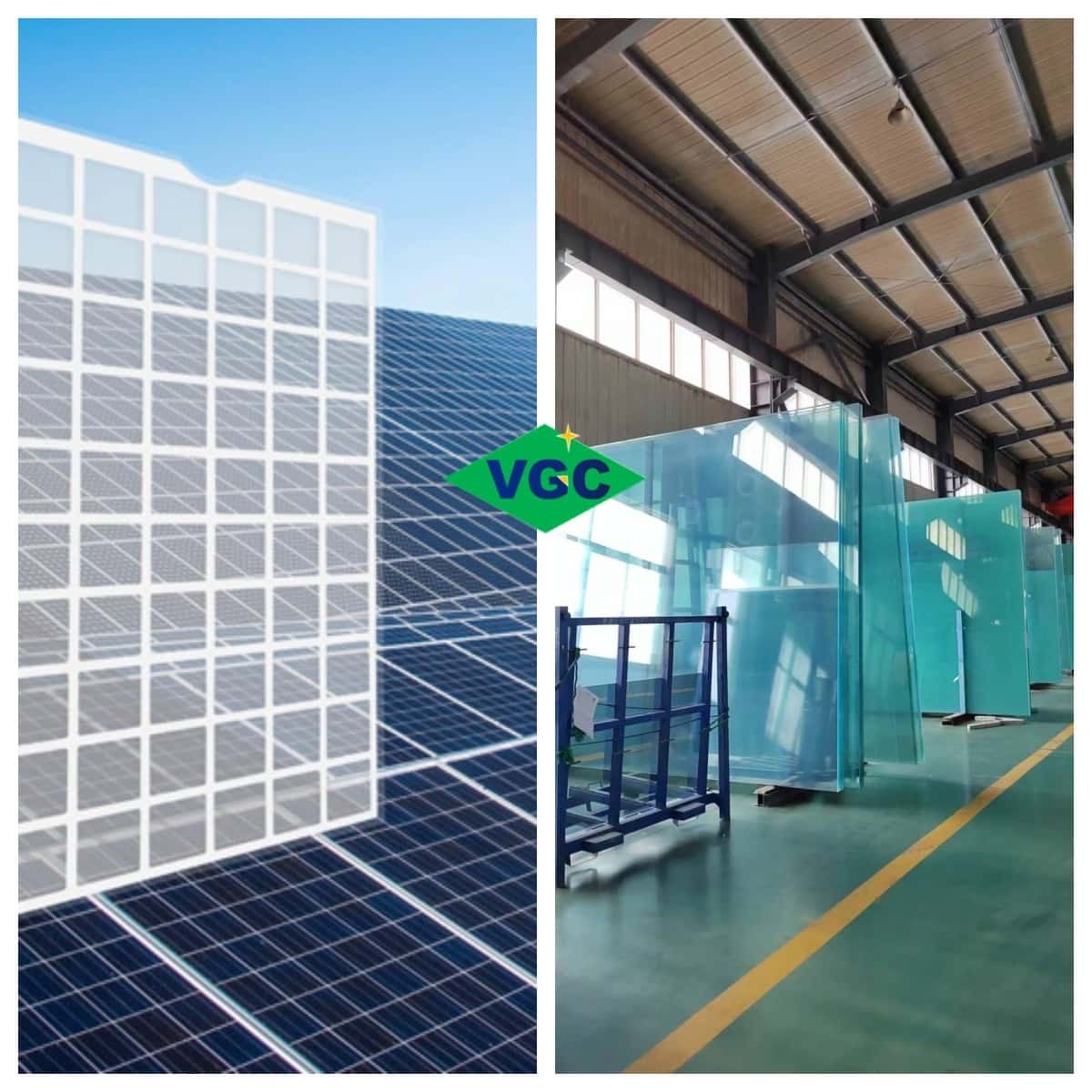
Float Glass vs. Photovoltaic Glass

